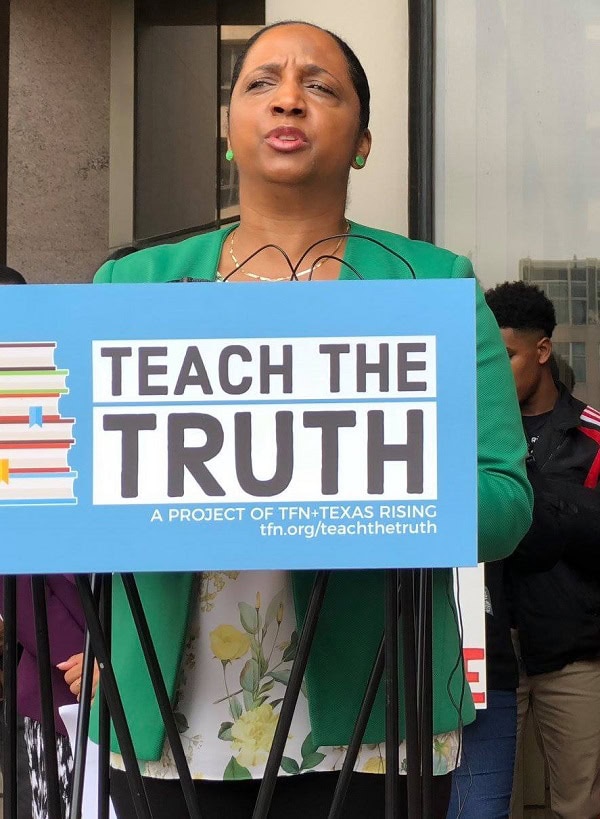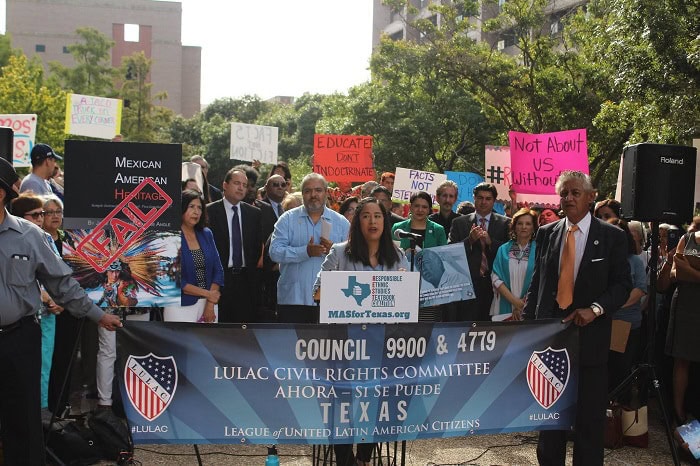In the late 1980s, the Chicago Historical Society, like many other cultural and educational institutions, embarked upon a journey of self-reflection to craft a new mission that responded to the needs of a changing American society. Adopted in 1989, the new mission boldly declared the society as the “historian of metropolitan Chicago” and pledged “to interpret and present the history of Chicago to the city’s diverse public groups … and respond to their identified needs.”
With this mission as its guide, the society’s staff embraced the challenge of telling a more inclusive history of Chicago that would encompass the city’s diverse urban population. How this ambitious undertaking would be accomplished was not immediately clear. Yet during the last five years, through collaborations with scholars, community and neighborhood leaders, and average citizens, the society has taken important steps toward meeting its goal. Although every member of the institution has been involved in this effort, the evolution of the society into a scholarly, community-based center for the study of urban history can be traced most clearly through changes in exhibition conceptualization and development.
The seeds of this transformation, however, were planted well before the mission was adopted. In the 1980s, the society engaged a group of nationality prominent academic historians to redefine its collecting scope, to develop an exhibition program, and to interpret Chicago’s and the nation’s histories. It was a period of internal tension as curators saw the primacy of the artifact as the locus of research and interpretation diminish in favor of broad historical themes. Their traditional roles of connoisseur and caretaker came under scrutiny. It became clear, however, that neither the museum curator nor the academic historian alone could achieve the society’s goal of making the most current historical scholarship accessible to the public through its exhibitions. Both roles and both perspectives were needed to create exhibitions of substance and popular appeal. To achieve this, the society paired one of its museum curators with an academic historian, a partnership that became the core element of a team approach to exhibition development and implementation. The American history exhibitions We the People: Creating A New Nation. 1760–1820 and A House Divided: America in the Age of Lincoln are the results of two successful collaborations.
The team approach to exhibition work changed the traditional role of the curator in fundamental ways. Most important, it demanded that the curator relinquish the sole voice of authority he or she had typically exercised to the multiple voices of the team-historians, designers, editors, and educators-who frequently had competing or conflicting perspectives. At the same time, the introduction of exhibition learning objectives-common goals developed to guide the team-required curators to think more like educators.
In response to its newly defined mission, the society inaugurated the biennial exhibition series, Prologue for the New Century, to examine aspects of the city’s history during the last 100 years and ask visitors to consider ramifications of that history for the 21st century. Using the team approach once again, the first exhibition in the series, A City Comes of Age: Chicago in the 1890, opened in fall 1990. The central question the exhibition team faced was: Whose history do we tell? Recent historical scholarship on class, race, gender, and ethnicity offered some answers and allowed the exhibition team to interpret 1890s Chicago more broadly than ever before. But the society’s collections, though rich in material related to elite, white businessmen, did not reflect the breadth and diversity of Chicago’s 1890s citizenry and its alternative visions of the city.
To overcome this problem, the exhibition team looked outside the institution to neighborhoods and communities for help. Many ethnic museums and centers in the city provided valuable assistance, but the greatest help came from forging relationships with a group of individuals who have taken personal responsibility for preserving their community’s or neighborhood’s history. These “keepers of culture,” frequently but not always associated with a school, church, or activity center, shared their historical knowledge and provided important artifacts to tell a broader history of 1890sChicago. The staff learned two important lessons from this exhibition: the society’s collections did not document a broadly defined history of the city, and many neighborhoods and communities had their own collections of historical artifacts and other resources and were eager to work with the society.
In developing the second biennial exhibition, Chicago Goes to War, 1941–45, the exhibition team found even less in the society’s collections to document the history of the city’s homefront experience. To remedy this shortcoming, the society issued a public call to all Chicagoans for homefront artifacts, the first large-scale, exhibition-related collection drive in the institution’s history. The response was overwhelming. Some 2,500 family mementos, business records, and industrial products related to the war years were collected; equally important, almost every artifact came with a story. These homefront narratives were astonishingly vivid and rich in perspectives and details that were not found in any history of the period. Though compelling, memories raised a fundamental question for the exhibition team: What role do they play in the exhibition?
With relatively little scholarship on the urban war experience available, the team chose to rely extensively on the collected memories and to incorporate them throughout the exhibition. A centerpiece of the exhibition was a seven-station video installation, which featured some of the most fascinating recollections of different aspects of the war experience. Remembrances were also critical to conveying the important stories of Chicago’s African American and Japanese American communities, two groups who overcame segregation and racism in order to contribute to the war effort. To capture more memories, the exhibition included memory cards for visitors to record their homefront experiences. Chicago Goes to War offered additional valuable lessons for the staff. It taught them to understand the value of everyday citizens’ memories as historical perspective and to recognize their power as bridges from the past to the present and the future. The exhibition also made it clear that the most pressing dilemma facing the staff in its future work was deciding who tells the story, not whose story is told.
When the Joyce Foundation of Chicago asked the society in April 1992 to develop a project that dealt directly with issues of pluralism and accessibility of cultural resources for nontraditional audiences, it saw an opportunity to build on its recent exhibition experiences and thus further its mission-driven efforts. Specifically, the society wanted to move staff outside the museum into the public arena and the diverse communities and neighborhoods that constitute Chicago so that it could add new material to broaden its collections, further integrate public memory into its exhibitions and other programs, and identify additional keepers of culture and share historical authority in a more structured and deliberate fashion.
Neighborhoods: Keepers of Culture will link the society with the residents of four Chicago neighborhoods: Rogers Parle-West Ridge, Near West Side, Lower West Side, and Douglas-Grand Boulevard. The project has four major goals: first, to establish rapport with Chicago neighborhoods that will further appreciation of local history and the evolution of specific neighborhoods, including the social, economic, and political factors that have influenced their development to the present; second, to provide neighborhood residents with the “tools of the historian” by training them to collect, document, and interpret their own histories; third, to stimulate cross cultural dialogue among different neighborhoods about their histories with special emphasis on social change in the past and the present and fourth, to develop along standing relationship with neighborhoods as an avenue for enhancing and broadening future exhibitions, public and educational programs, and collecting efforts.
With these common goals in mind, each neighborhood history will take its own course, guided by a team of several society staff and a small number of neighborhood residents. Together, they will share responsibility for organizing the collecting and documentation efforts and interpreting the evidence. Enlisting the help of neighborhood youth and others to record residents’ memories, as well as their perceptions and definitions of history, neighborhood, and community, the team will seek an understanding of how the neighborhood came to be and help build an appreciation of what they share with other neighborhoods and how and why they differ. The final results, scheduled for 1995, will be presented in a series of exhibitions that will be on view in the society’s galleries and in neighborhood locales, as well as in videos or catalogues.
Keepers of Culture will establish a new level of partnership with Chicagoans and chart new directions for the society to follow in the years ahead. Like other history museums that have developed similar projects, such as the Minnesota Historical Society’s A Common Ground: Minnesota Communities and the Historical Society of Pennsylvania’s Common Ground: Philadelphia’s Neighborhoods, Keepers of Culture promises to reshape museum professionals’ and the public’s understanding and appreciation of local history as a crucial community resource.
Reprinted, with permission, from Museum News, May/June 1994. Copyright 1994, the American Association of Museums. All rights reserved.
Russell Lewis is assistant director for curatorial affairs and research, Chicago Historical Society.


